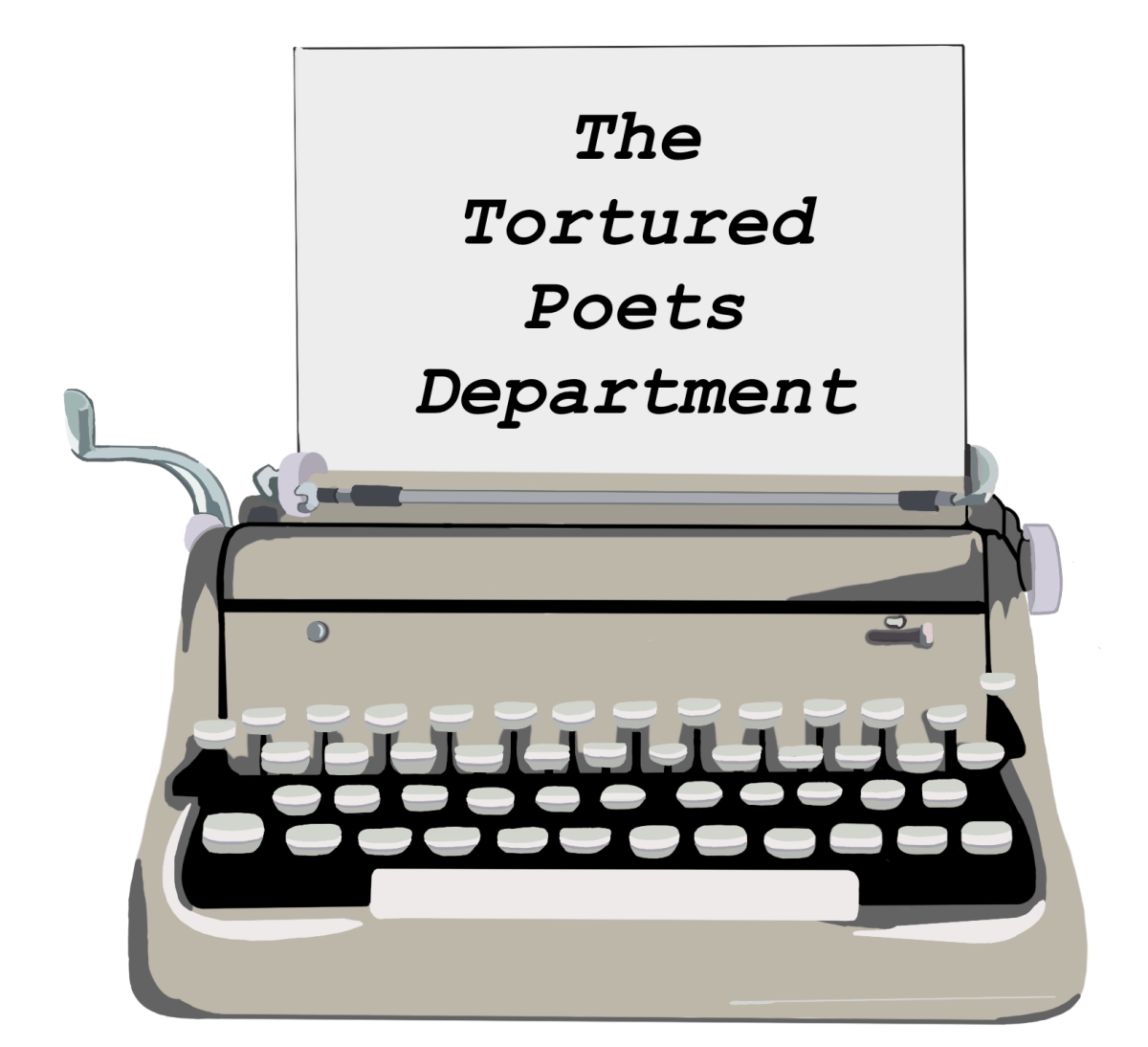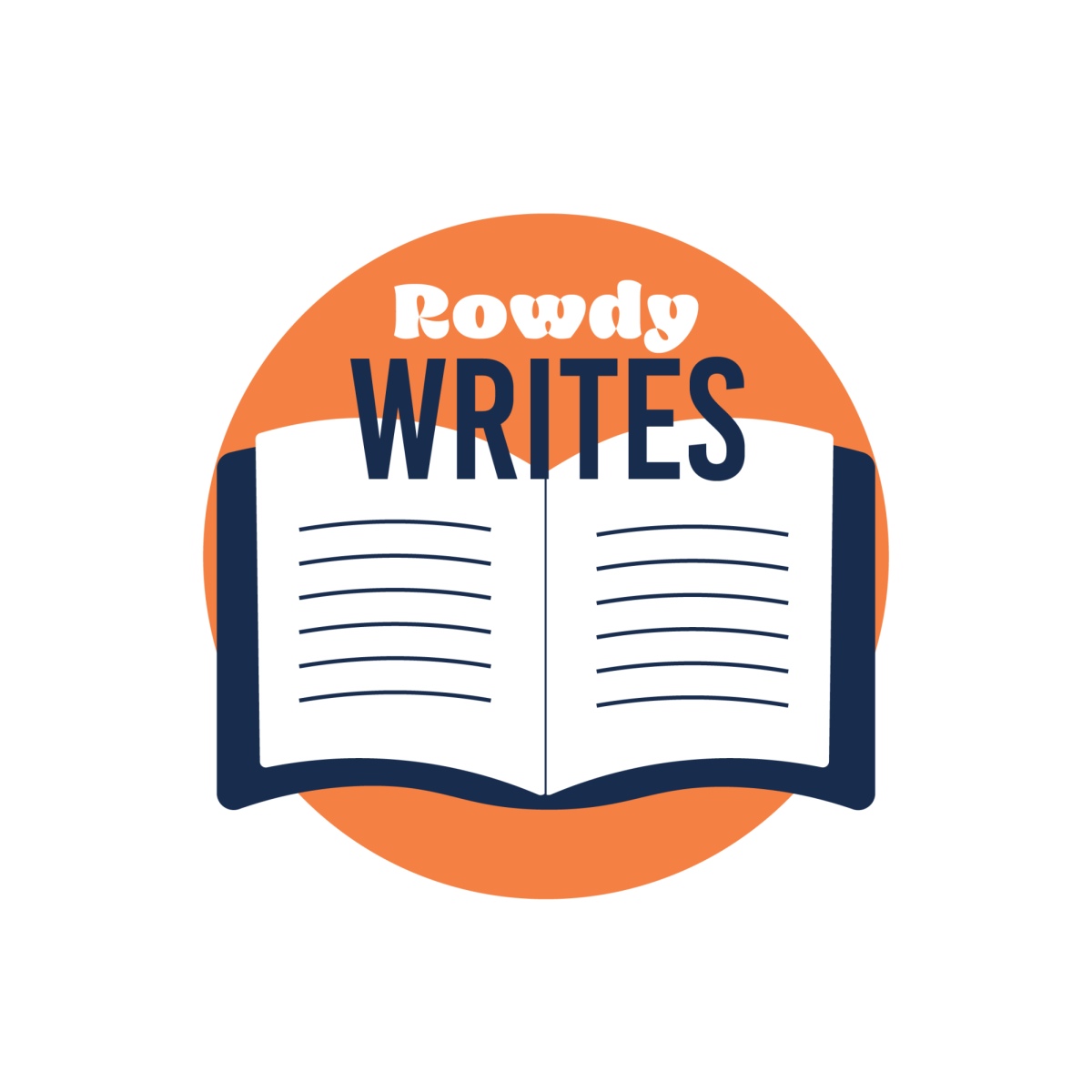As college students, we are generally the first to adopt new trends, many were the first to own a kindle, or a nook. At the same time, students were strongly opposed to e-books showcasing: “I pledge to read the printed word” on personal blogs and websites. In the battle of electronic versus print, who’s on the right side?
It’s common sense to compare the decline of newspapers and the rise of television and online news to e-books versus print books, but is this a fair comparison? Overall book sales have increased since e-books have gained popularity. Publishers and authors are affected both positively and negatively by e-books. A positive effect has been cheaper production costs for new authors to get published. A negative effect has been that the e-books of prominent authors are being sold at 40 percent less than print books.
A rather prominent supporting argument for e-books is the notion that they are more environmentally friendly. This has proven to be only partially true. In order for e-book owners to be more environmentally responsible, owners would need to read more than 23 books a year.
Those in support of print books also make some valuable arguments stating that this number only applies to new books. As popular used bookstores like Half-Priced Books, become more prominent, they make a valid point. This idea also extends to the fact that items from an e-book cannot be shared, which has often been a means of saving money for the historically poor college student.
E-books offer a level of convenience that print books never could. The most obvious convenience being that books are heavy and bulky, whereas e-books are compact and light, making them easier to access.
E-readers are also unique to each individual’s needs. “[E-readers are] more customizable and easier for people to find the right font and size for them. I like to read in bed so the lightweight Kindle is easier to handle as well. I only miss the smell of real books.” Recent UTSA graduate, Clay Fowler stated.
Another advantage is that e-books can be bought from the comforts of your home. No more running out to buy the next book in the series; now it’s only a few clicks away. Now you can even rent textbooks for an e-reader.
“Is it too easy on the Kindle to finish a book! At two in the morning I can buy the sequel right then and there. I hate hunting for books at the store now. I end up special ordering them and waiting a week. The downside is that it’s cheaper to buy many traditional books than their digital versions,” Fowler continues.
It’s clear that both print books and e-books have their perks. Choosing which side of the battle you stand on really comes down to the type of reader you are. So ultimately, who are e-books good for? Well first off, they’re ideal for those reading mostly new books, and a lot of them. They are also great for students taking large course loads who are eager to toss aside their cinderblock-sized textbooks, and trade in for a lightweight handheld e-book.
Lastly, e-readers are great for people who travel a lot and especially for students who study abroad. For those who don’t fall into one of these categories, you may find that it’s best to stick to good ol’ print books.











